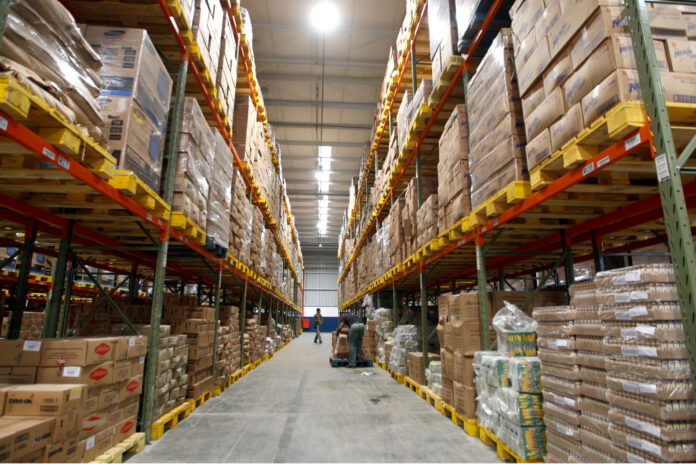
Logistics companies across the globe are constantly seeking ways to streamline their operations, reduce costs, and enhance customer satisfaction. One crucial tool that has emerged as a game-changer in this pursuit is the Warehouse Management System (WMS). This article takes a deep dive into WMS, exploring its key features, benefits, and the transformative impact it can have on warehouse operations.
The Foundation of Efficient Warehousing
Warehouses serve as the backbone of many businesses. They are the hubs where products are stored, picked, packed, and shipped to customers. The efficiency of these operations can make or break a company’s bottom line. This is where Warehouse Management Systems come into play.
What is a Warehouse Management System (WMS)?
A Warehouse Management System (WMS) is a software solution specifically designed to optimize and streamline warehouse operations. It acts as the digital brain behind the physical movements within a warehouse. WMS software provides real-time visibility into inventory, automates tasks, and enables efficient resource allocation.
2 Key Features of a WMS
Let’s delve into some of the core features that make Warehouse Management Systems an indispensable tool for modern warehouse operations.
1. Inventory Management
One of the primary functions of a WMS is to manage inventory efficiently. It tracks the movement of products in and out of the warehouse, helping staff locate items quickly and accurately. Real-time data ensures that inventory levels are always up-to-date, minimizing the risk of stockouts or overstocking.
Example: A global e-commerce giant uses WMS to manage its vast inventory of products. The system provides instant insights into stock levels, enabling them to restock popular items before they run out and adjust inventory strategies based on seasonal demand fluctuations.
2. Order Fulfillment
WMS streamlines the order fulfillment process, from order receipt to packing and shipping. It optimizes picking routes, reducing the time it takes for employees to gather items for an order. This leads to faster order processing and improved on-time delivery rates.
Example: A leading online fashion retailer employs a WMS to enhance order fulfillment. The system calculates the most efficient picking routes, reducing the time taken to prepare orders. As a result, they consistently meet their two-day delivery promise.
Benefits of Implementing a WMS
The adoption of a Warehouse Management System offers a myriad of benefits, contributing to increased operational efficiency and cost savings.
Is a WMS Right for Your Warehouse?
Implementing a Warehouse Management System is a strategic decision that depends on the specific needs and scale of your warehouse operations. However, for businesses looking to stay competitive, enhance customer service, and operate with maximum efficiency, WMS is increasingly becoming a must-have tool.
Warehouse Management Systems have revolutionized the way that modern warehouses operate. By optimizing inventory management, order fulfillment, labor allocation, and space utilization, a WMS empowers businesses to thrive in today’s competitive landscape. Whether you’re a small business or an industry giant, a well-implemented WMS can pave the way for greater efficiency, reduced costs, and improved customer satisfaction in your warehouse operations.




